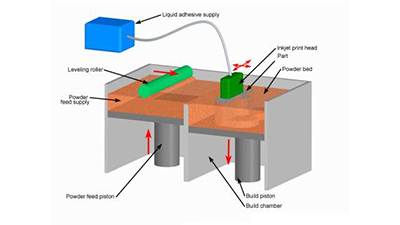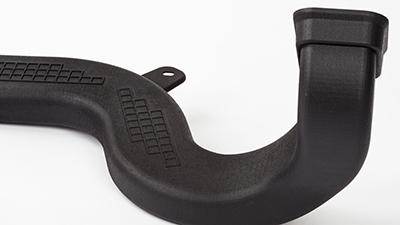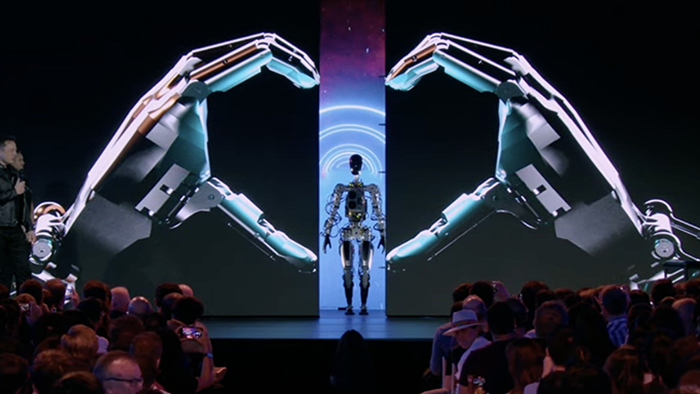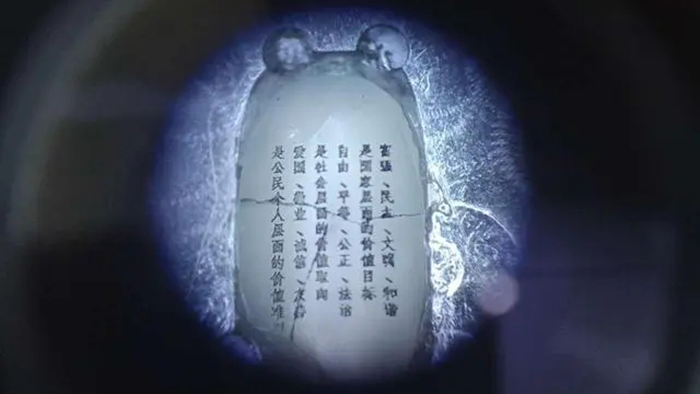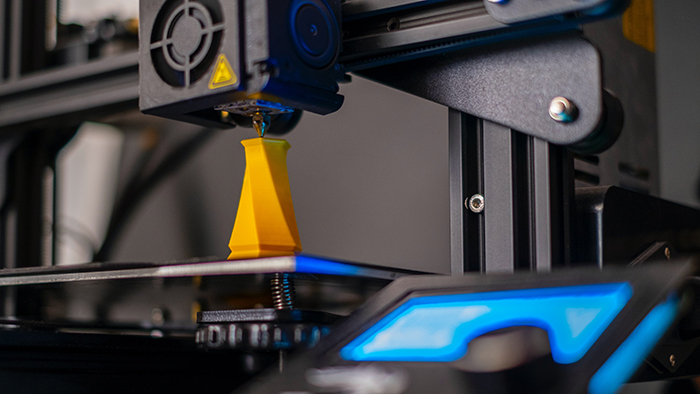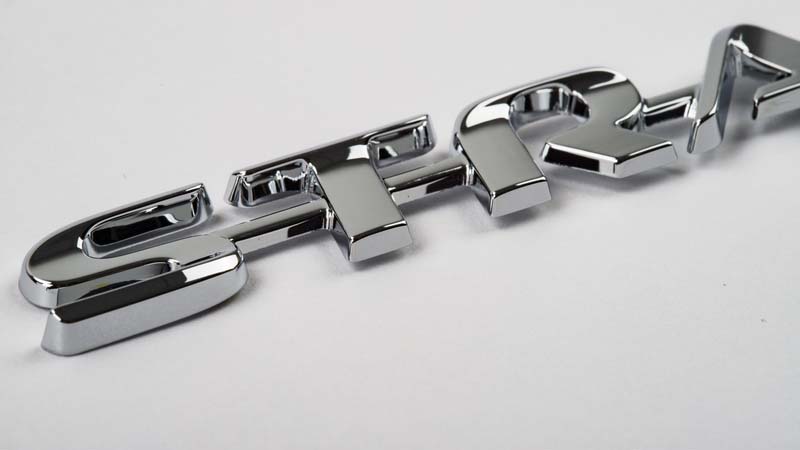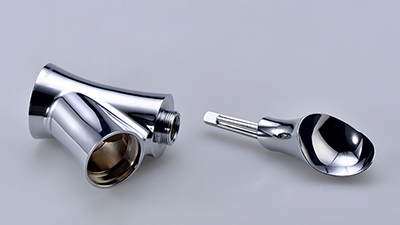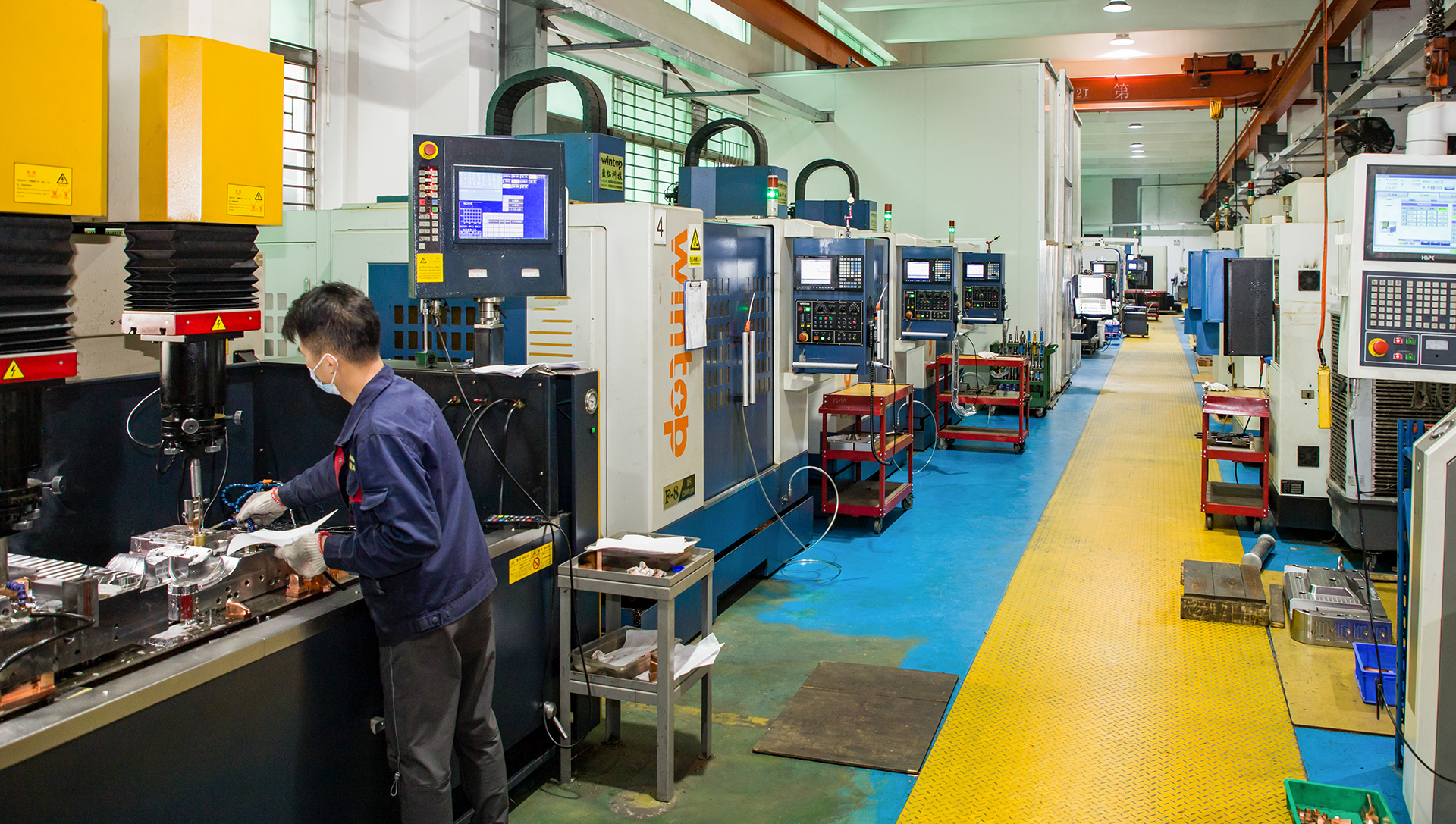learn more about mastars sheet metal processing
Mastars employs proven prototype technologies(CNC machining, Sheet metal, Vacuum casting, 3D printing etc.), to take new concept or design and bring it to life, develop and evaluate new products quickly, economically and with less risk. With lesson learn from prototyping, we provide considered and proactive tooling design/build and mass production processing, from injection molding, die casting, CNC machining to final assembly as full one-stop solution.
As one of the common types, what are the types of sheet metal rapid prototyping?
laser cutting
One of the key methods of cutting metal plate is to use laser cutting machine. Laser cutting uses a high-energy beam enhanced by a lens or mirror to burn or evaporate material to form a cut. This is a very fast and accurate sheet metal cutting method, and the possibility of warpage is reduced due to the small heat affected zone. CO2 and fiber lasers are most commonly used and can cut materials up to 10mm thick.
Water jet cutting
Another sheet metal cutting method is water jet cutting. Water jet cutting uses a very high pressure water jet (which can also be mixed with abrasive) to form a notch in the material. When cutting low melting point materials such as plastics and aluminum, it is a manufacturing method superior to laser cutting, which can prevent unnecessary deformation.
Plasma cutting
This is one of the most powerful sheet metal cutting methods - plasma cutting. Plasma cutting works through an electrical channel that produces an extremely hot ionized gas (plasma), which melts the material to form a cut. It is an effective method for cutting materials with a thickness of more than 10mm, but the cutting accuracy is different from that of laser or water jet cutting.
stamping
Sheet metal stamping uses formed metal tools (called molds) for cutting. The die is forced into the metal plate at high speed to punch the metal plate. Molds of standard shapes (round, square, rectangular) are usually used, but custom molds can also be made to punch more complex shapes. Due to the cost of manufacturing molds, this method is more suitable for mass production.
Bend
Bending is the basic manufacturing process of forming sheet metal into functional parts. The sheet metal is bent using a machine called a bending machine, which consists of an upper tool (punch) and a lower tool (V-die). The material is placed between the tools and the punch is pressed down into the v-mold to form a bend. The bending angle is determined by the depth at which the punch is pressed down into the V-shaped die.
assembling
Cutting and bending are two ways of sheet metal forming, and assembly is the third way. Mechanical fasteners such as bolts, screws and rivets can be used to assemble sheet metal parts. Alternatively, they can be connected using a welding process in which two or more components are fused together at high temperature and then cooled to form a connection.
If your rapid prototypings or functional parts need sheet metal process or other technologies, please contact Mastars, we will develop the best solution for you, provide you with products that exceed your expectations and one-stop service.
Mastars Industries CO., LTD
www.mastars.com
Email: marketing@mastars.com
Tel: +86 755-88210690
Mobile: +86 181 0029 4997
Add: Building 6,Blue Sky Industrial Park, Ditang Road, Shajing Town, Shenzhen City, Guangdong, China


